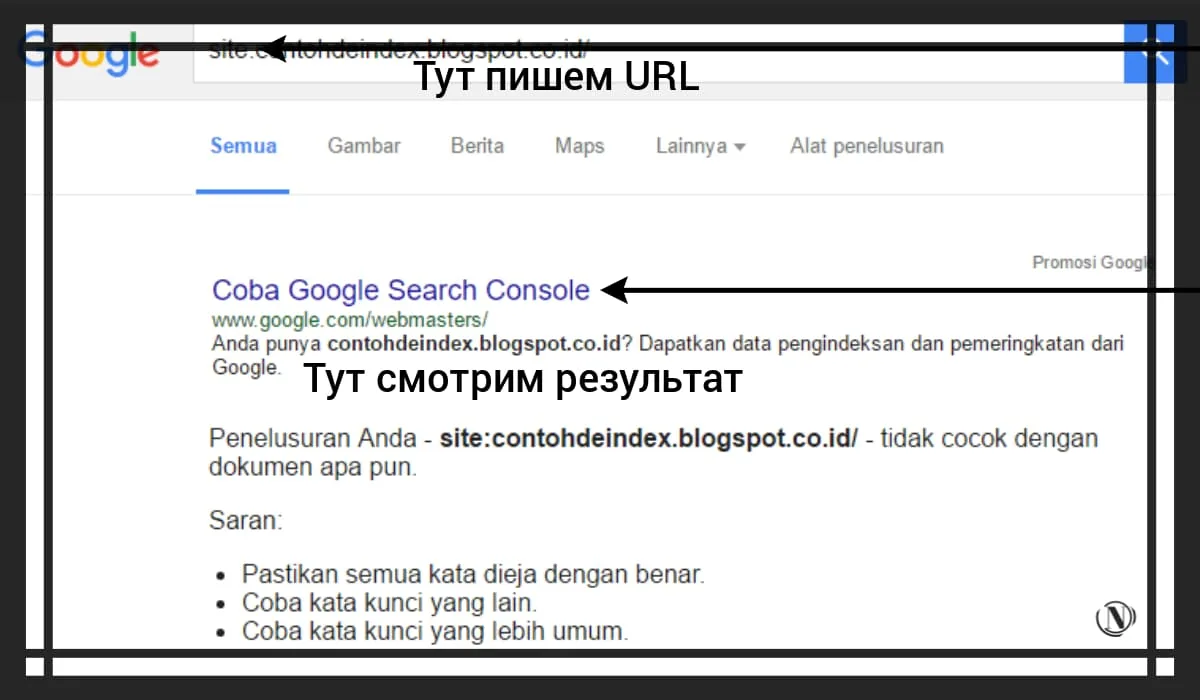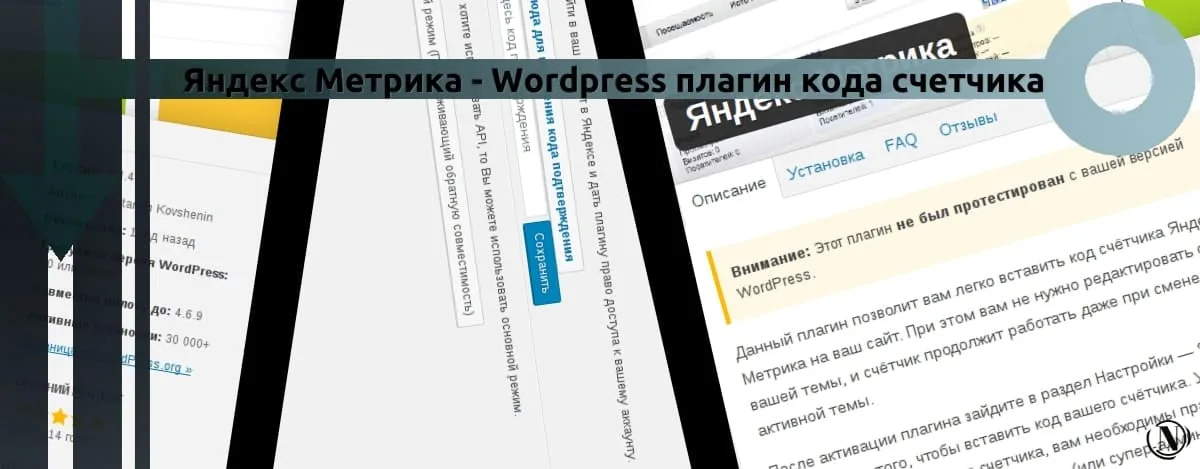Getting to Know Google Penalty - Penalty, Sandboxing and Banned

For website owners and online business owners, there is nothing more terrifying than waking up one morning to find that web traffic is at the very bottom of the queue and positions have dipped. Traffic...
Traffic is not everything, not the main indicator of business success, but a sharp drop in traffic can only mean one thing: our site was sanctioned by Google or Yandex. But we are looking at Google. Punishment is a nightmare for internet marketers.
However, the decrease in traffic is not the only type of punishment that Google applies to "bad" websites. Also prohibited are
(sandoboxing) sandboxes.
When we talk about the measures that Google imposes, we often assume that this only applies to sites full of malware and illegal materials (for example, pornography, gambling and pirated content), or sites that distribute spam.
Unfortunately, there can be penalties for the “good guys” too, for sites that have tried to stay on track but don't understand the algorithm, so yeah...they get swept away too.
Maybe Google got it wrong? Well, search engines aren't completely black and white. In this case, Google treats all existing websites without preference, even its own products. An example of a case that occurred in 2012, Google imposed a penalty on Google Chrome for manipulating PageRank.
What are Google Penalties? What types? How serious are the consequences? And how to avoid it? I invite you to sit down, make yourself a coffee (tea) or a snack, because our discussion this time will be a little long. I also ask for a minute of your attention, to materials similar to the topic under consideration. They concern algorithms from Yandex low-value or low-demand page and the Baden-Baden algorithm from Yandex. These materials will help you to understand the algorithms of search engines as much as possible.
The content of the article:
- What is a Google (ban) or Google fine?
- Types of punishments that Google imposes on the site
- 1.Sandboxing
- 2. Penalty from Google
- 3. Banned / de-indexed (Banned)
What is a Google (ban) or Google fine?

Simply put, (ban) Google fine is a "punishment" imposed by Google on websites that violate Google's quality assurance guidelines.
Penalties lead to a sharp drop in the site's ranking. Your site will not receive traffic from organic search. In some cases, your site will not even show up in search engines.
What is the importance of traffic and rankings? So what if your site gets penalized? Well, it depends.
If you're a blog owner who just wants to have fun, traffic and rankings may not matter much. But if you are an online business owner or an active blogger passionate about blog monetization, traffic and rankings are one of those factors that actively influence the success of your business project.
However, a decrease in traffic and rankings does not necessarily mean that your site (under a ban) is penalized. All this may be for other reasons. So, before you panic, here are a few reasons for traffic drops besides COP penalties:
- Technical issues such as robots.txt blocking some pages, issues with Google/Yandex crawler, or server crashes.
- Your website is new and has not been indexed by Google / Yandex. In order for Google to index your new site, you can submit it to the Google Submit URL.
- Changed domain. For example, when you change your domain from free to TLD, traffic will usually be affected, even if the change is not significant.
- Changed page templates. Changes to the web structure usually also affect traffic because Google has to re-cache the new look of our website.
Types of punishments that Google imposes on the site
From easy to very hard. From temporary punishments to "serious" punishments. Although Google is not the only search engine, it cannot be denied that Google is currently the largest and most widely used search engine.
We can compete with other websites in terms of rankings or traffic, but going against Google is highly discouraged and not worth trying. Because Google can do the following 3 things to our site:
1.Sandboxing
Sunboxing (Sandboxing - sandbox) is still the subject of controversy in the SEO world. Someone says that this Sandboxing really exists, someone claims that it's just imagination. Whatever the speculation may be, I believe it is important for you to know this in order to remain confident in your abilities.
The sandbox can be interpreted as a trial period that Google applies to new websites and websites that recover from punishment. Sanboxing went into effect in March 2004, so websites built after that usually go through a trial period before they can start working on search engines.
Signs defining Sandboxing (ban sandbox)
How do you know that your site will receive a Google penalty and is in the sandbox? Here are the popular signs of this:
- If you are not getting satisfactory traffic for your website's main keywords despite good PageRank, quality content, or even a high number of backlinks. For example, the main topic and keywords you optimize for are your SEO. But when someone searches for those keywords, your site doesn't show up anywhere.
- You are still getting traffic from organic search, but not from the main keywords. For example, in addition to SEO, you occasionally discuss how to make crafts from oak acorns. Why is it so far from SEO to needlework? Yes, this is an example. Well, the traffic you get is from man-made content.
- Your website is a good site that never breaks the rules, always uses rel=”no-follow” for sponsored posts, has a friendly and mobile-friendly interface, does white hat optimization, diligently shares on social media, but… very low traffic.
Reasons for getting a sandbox ban
That's why you're being exposed to Google's sandbox:
- Your website is new, but you are struggling with highly competitive keywords. It takes Google longer to start trusting your website before showing it in search results.
- Now recovering from a penalty ban (Penalti). Have you ever made the mistake of black hat SEO and then got punished. Then your site will remain in the sandbox and tracked until the search engines trust your site again.
- Using a domain that was already in use and it turned out that the domain was punished. For example, let's say you buy a domain named progadomain.ru. The domain was available, but apparently the same domain name existed in the past and was used to distribute malware, so it was blocked by Google. Yes, that sounds unfair because you never know what happened to your previous domain name, right?
- Your site has been inactive for so long (months or years) that the search engines think you may have given up on creating quality content.
Sandboxing period - sanboxing: 1-6 months. On average 2-3 months.
How to get out of Sandboxing
The solution I'm proposing may sound trite, but it's still worth doing if you're serious about managing your website. This also applies to those of you who have already purchased a problematic domain name.
- High Quality Content – Keep creating informative and useful content in line with your site’s niche.
- Be a good site owner - follow all the rules given by Google and other search engines. If you're abusing SEO because you really don't know, read various related articles and start making improvements.
- It's time to clean up the site - if you're more aware of SEO abuse, it's time to clean up the site.
- Avoid black hat SEO - Never mind, using black hat SEO techniques is outdated. Stop stuffing your site with keywords, unnatural links, masquerading, and more.
- Choosing a Domain - Before deciding to buy a domain, first look for a suitable and "clean" domain name.
2. Penalty from Google
The punishment is like being told to stand in front of the class with your leg up and your hand holding your earlobe. Your site will be demoted in the search results. Some don't show up at all. This is a type of punishment that occurs frequently and has various consequences.
Penalty type: manual and algorithmic. Manual punishment is a type of punishment that Google directly imposes on websites that violate Google's quality assurance guidelines, while the algorithm is applied to all websites due to changes in Google's algorithm.
Signs of Penalties
There are several signs of punishment to look out for:
- On some pages, traffic dropped sharply;
- Traffic has plummeted for some keywords;
- In general, traffic dropped;
- The site does not appear in search results for certain keywords;
- The site does not appear in search results for all keywords.
Reason for getting Penalty from Google
That's why you get the Google Penalty:
- Melanggar Google Quality Guide.
- Affected by algorithms such as Google Panda, Penguin or Humbingbird.
- The site contains pirated content.
How to solve the Penalty problem
To bypass the penalty from Google, you can do this:
- Find out the exact reason for this fine.
- Perform appropriate work on the site.
- Submit a review request to Google.
3. Banned / de-indexed (Banned)
So in this case, your site will no longer be asked to stand in front of the class, but will be kicked out of it. In other words, your site is completely "removed" from search engines. You won't be able to find it anywhere. You and your site will disappear from the world.
How to check if your site is banned or not, type in Google search the following phrase ==> site: URL of your site
If your site is banned, the search results will look like this:

Why were you kicked out of the Google search engine?
The following reasons lead to blocking your site:
- It is against the law, be it international law or the law of your country.
- Your site has been hacked.
- Website contains malware and spam (Google Penguin).
- Quality guidelines from Melanggar Google.
- Blocked by Google at the request of authorities such as the state or the police.
- Copyright infringement of certain websites or products.
- Using a previously blocked domain.
How to solve the problem deindexed (Banned)
To bypass Google's forbidden network, you can do the following:
- Make sure your site is actually banned, not because your site is new.
- Find out the exact reason for blocking your site in search.
- If it's legally banned, I'm not sure I can give you good advice, but if your site is banned for violating quality assurance guidelines, fix this pressing issue first.
- Submit a review request to Google or re-verification requests.
In addition to the activities described above, you should also take preventive measures. Make sure your website is trusted by a hosting provider that has the highest level of server security.
Or, if you suspect that your website is infected with malware and you are afraid that it will be banned, you can use a malware cleaning service.
After reading this post, you might start to wonder if your site is penalized by Google or not. You may also try to test the site using tools provided by third party sources.
Yes, indeed, many provide tools from free to paid. However, it is best to pay attention to the data in Google Analytics and Search Console. This is how we talked about Google fines, the sandbox, and the ban. I hope it helped you))).
Reading this article:
- Falling positions in Google: 10 reasons and how to deal with it
- Filter from Yandex - Useless content, spam, excess advertising
Thanks for reading: SEO HELPER | NICOLA.TOP









